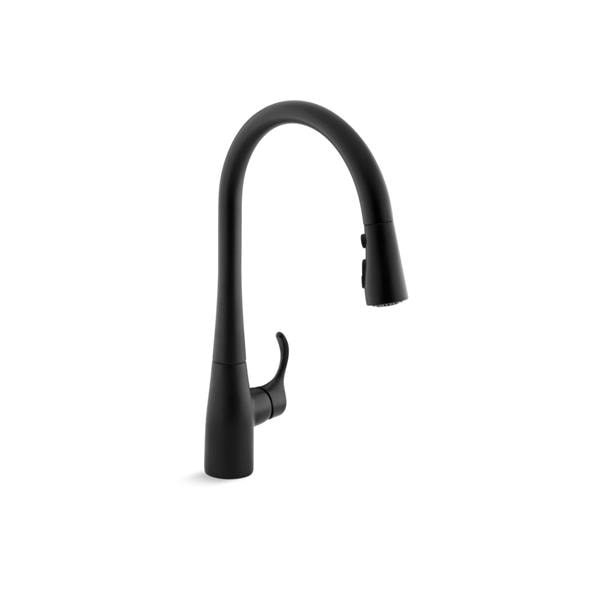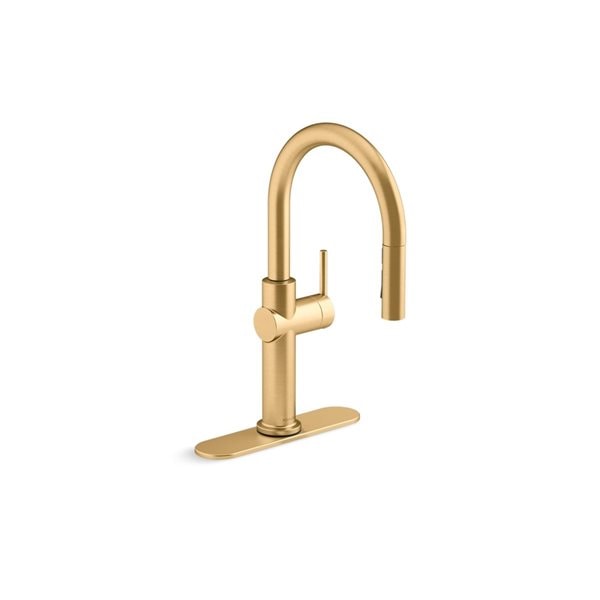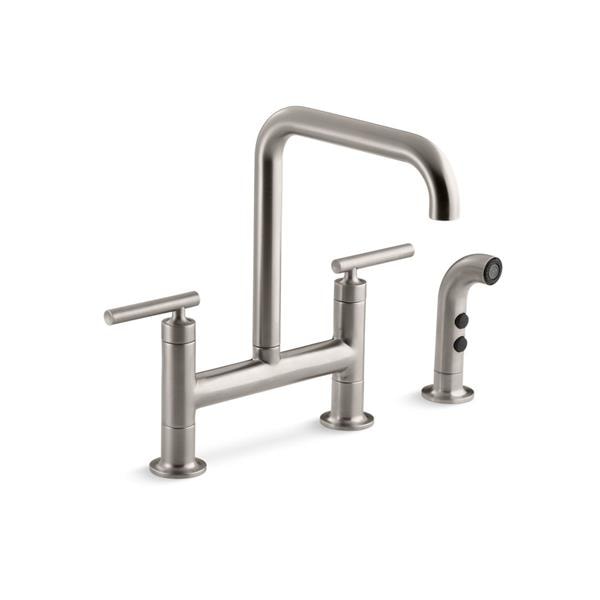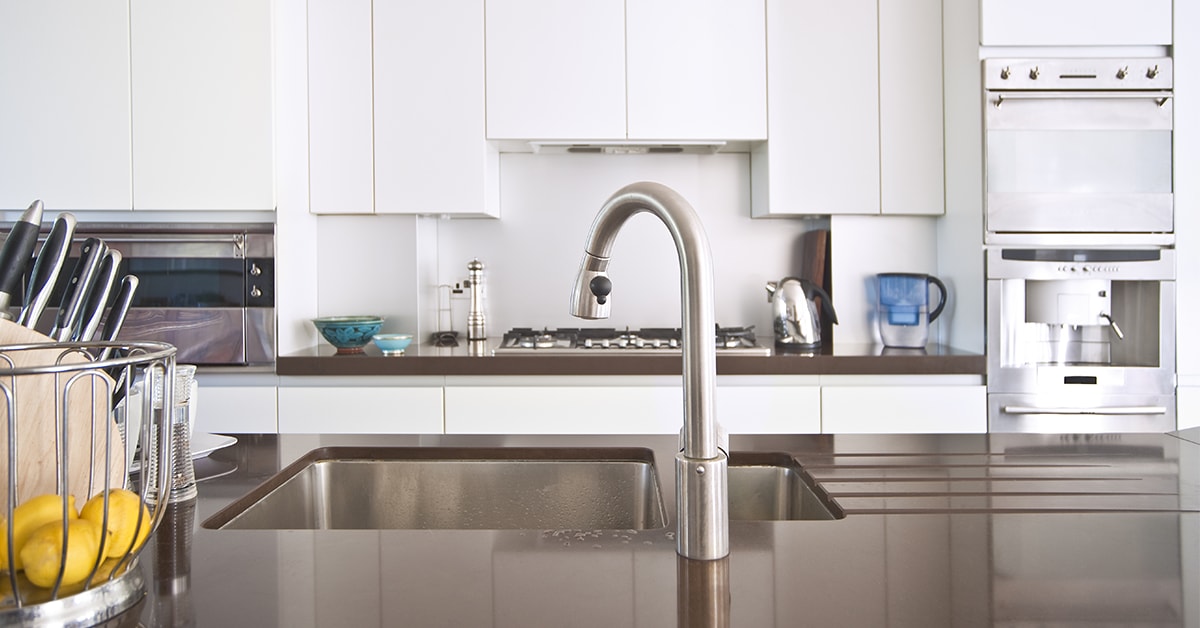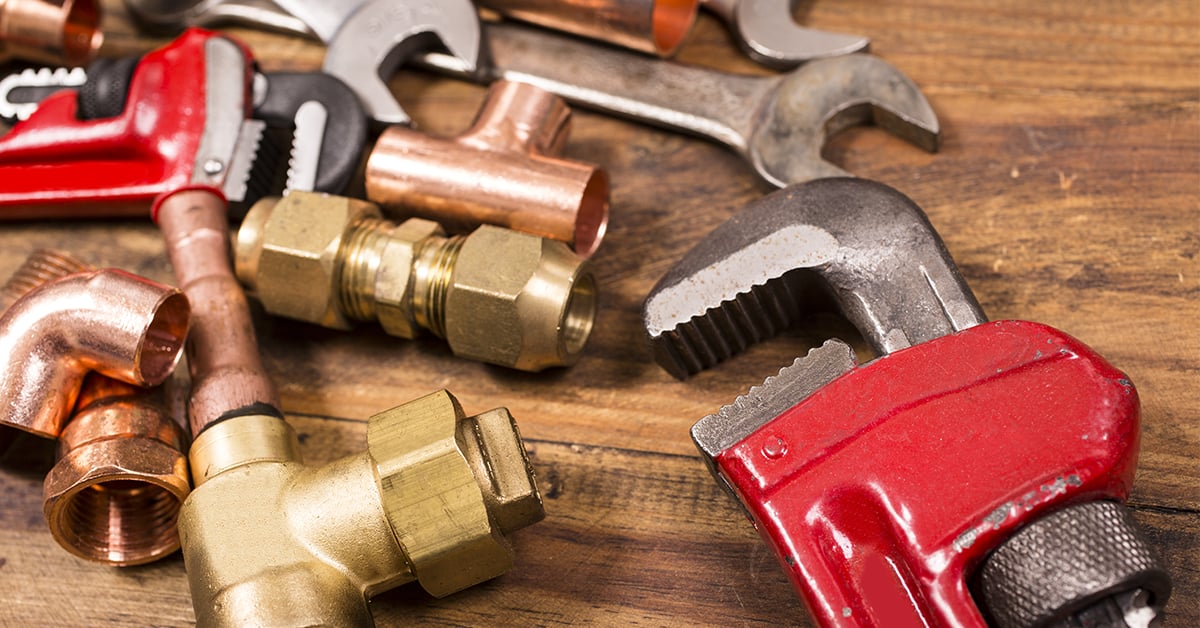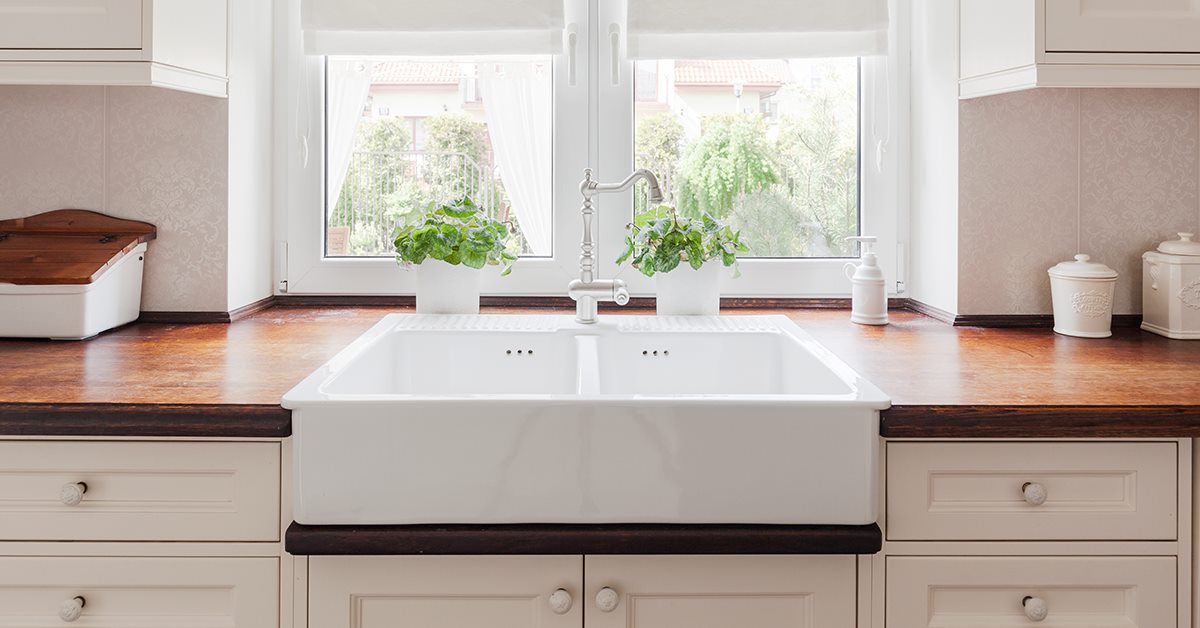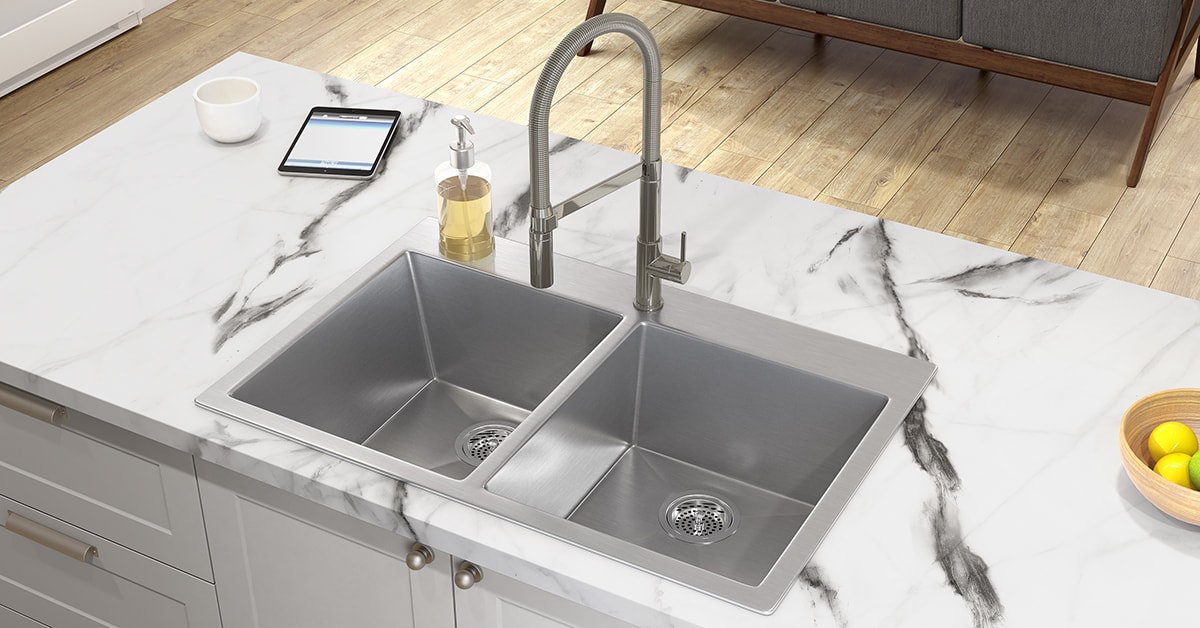
Updated on January 16, 2024
How to Choose the Right Kitchen Faucet
Looking for the best kitchen faucet? Read our kitchen faucet buying guide for advice on parts and components, different types, costs, top brands, installation, maintenance, and other things to consider.
Before You Start
Your kitchen transformation starts with a good plan. Here are a few questions to ask yourself:
- Are you buying a faucet for a brand-new kitchen or replacing one in an existing kitchen? (If you are replacing a faucet, make sure the new faucet is compatible with the existing mounting holes.)
- Where will the faucet be mounted? On the sink or on the countertop? On a kitchen island?
- Who will mostly be using the faucet—elderly people, people with reduced mobility, children?
- Is the sink far from the stove? If so, a wall-mounted filler would be the key to avoiding having to carry heavy pans full of water.
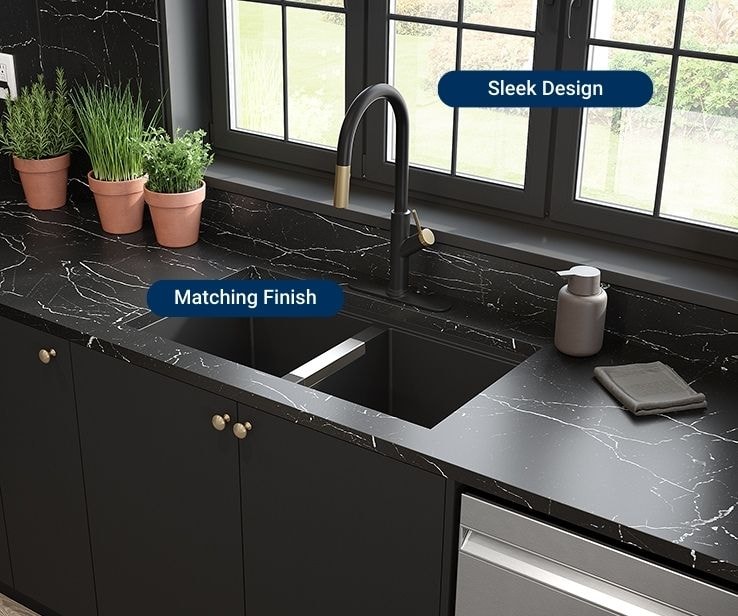
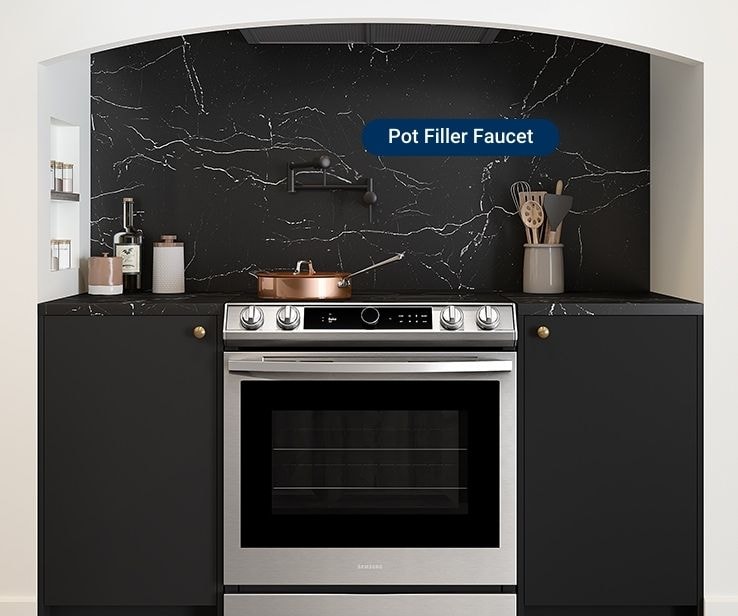
How a Faucet Works
Faucets are valves that deliver water to a sink, basin, or tub. Kitchen faucets mix hot and cold water in one of two ways:
- Single-handle (also called single-lever or single-control) faucets have garnered a large share of the market over the years. Water flow and water temperature are controlled by moving the single lever up and down, or to the left and right, respectively.
- Two-handle faucets have two separate handles—one for hot water and one for cold water—and a common spout. Water flow and temperature are controlled by turning both handles, which allows for accurate adjustment.
The valve mechanism inside the faucet controls the flow of hot and cold water.
Pro Tip
Single-handle faucets are ideal for anyone with reduced grip or physical disabilities, since the water volume and temperature can be controlled easily with one hand.
Types of Kitchen Faucets
Faucets come in 3 styles for mounting:
Single-Hole Faucets
Centre-Set Faucets
Widespread Faucets
Necessary Features to Consider
Spout. It’s the most prominent part of the faucet. To work effectively, the spout should reach over the bowl so that water is directed into the centre of the sink. Spouts can be up to 14" long and can swivel up to 180°. Shape, height, and swivel action are all important features to consider when buying a faucet.
Sprayer or Pull-Out Spray Head. A sprayer allows you to reach all areas of the sink and facilitates certain tasks such as filling large pans. Some faucet sets come with a side spray, but an increasing number of faucets are now made with a pull-out (or pull-down) spray head at the end of the spout, usually made of the same material as the faucet and providing excellent water pressure. Spray hoses can be as long as 54".
Aerator or Flow Restrictor. An aerator, also called a flow restrictor, can be added to a faucet. This is a device attached to the tip of the spout which reduces the flow of water by mixing it with air, but at the same time maintains steady water pressure. On average, a standard faucet uses 8.2 L of water per minute. The same faucet equipped with an aerator delivers 5 L per minute.
Note that an aerator cannot be fitted to a sprayer.
Body. The body or base holds the faucet on the sink or countertop. Most kitchen sinks on the market come with pre-drilled holes ready to mount the faucets. However, sinks made of solid-surface materials and undermount sinks will not have holes, leaving you the choice of where to locate the faucet or faucets.
Valve. The water circulates through an internal valve device, which controls the volume of water. The 4 types of valve mechanisms available are: compression (washer), ball (washerless), cartridge (washerless), and ceramic disc cartridge (washerless). While each system has its advantages, the most popular is the ceramic disc cartridge, which is not only extremely durable but also very easy to replace if necessary.
Pro Tip
Single-control or single-lever faucets generally have one point of support, requiring a single mounting hole, whereas two-handle faucets require 2 or 3 holes. Faucet holes are always spaced at 8" centre and have a 1½" diameter. Sinks can have up to 4 holes for a faucet set. When replacing existing faucets, check the number of holes on the sink or counter, as well as the centrespread.

Available Kitchen Faucet Finishes
While they may vary from one manufacturer to another, the following finishes are the most popular:
- Chrome: An enduring classic; one of the most durable finishes there is. Polished chrome is shiny and adds sparkle to the room. However, it does show water spots more easily than other finishes.
- Stainless Steel: The most popular finish; known for its antimicrobial properties. A brushed stainless finish will not show finger marks or water spots. It may, however, be prone to scratches.
- Brass: Brushed or polished, brass is appreciated for its durability. It also adds a touch of elegance to any space.
- Matte Black: Gives an elegant, industrial look to the space; combines well with other finishes, such as brass and chrome; resists scratches and fingerprints.
Also available:
- White: Neutral finish; clean look.
- Bronze and Rose Gold: Antique, brushed, oil-rubbed, or Mediterranean—a bronze or rose gold finish evokes the opulence of these precious metals.
- Nickel: This popular silvery-white metal pairs well with stainless steel. Brushed nickel has a soft, warm feel, while polished nickel is shinier and looks similar to chrome.
Designer Tip
Minimalist faucets with pronounced curves are currently trending. Metallic finishes such as brass, rose gold, and copper are gaining in popularity, but matte black and white are also very present. In any case, a kitchen faucet should be chosen to match the style of the sink and surrounding appliances.
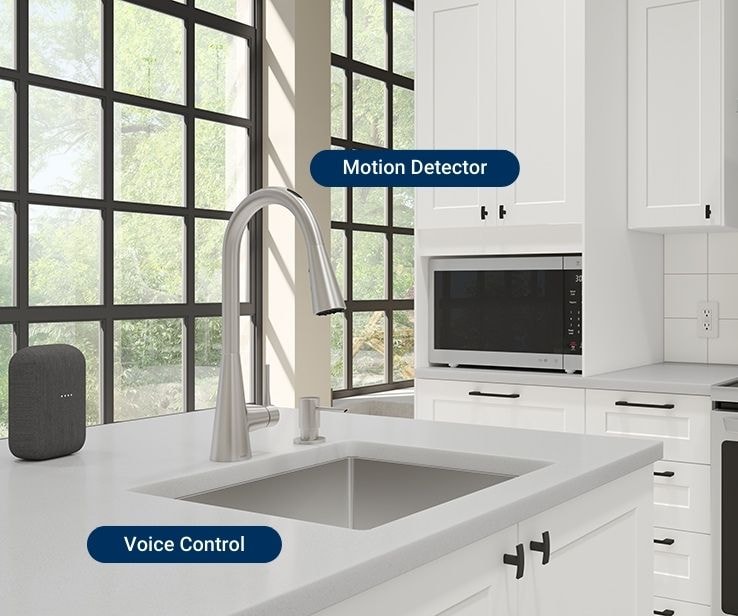
Discover Smart Kitchen Faucets
Some models feature a motion detector. Commonly used in public places for washbasin faucets, they are now making their way into homes, and are especially useful to improve accessibility in the presence of children and people losing their independence. The temperature limit feature, which sets a maximum temperature limit, is well worth considering. An anti-scald ring limits the hot water flow, which not only reduces the risk of scalding but also helps keep household energy costs down. Voice control lets you operate the faucet without even touching it. Finally, some models offer custom presets, with precise water quantities and temperatures (e.g., filling the dog’s bowl or the coffee pot).
Smart Saving Tips
Look for a WaterSense-certified kitchen faucet to conserve water by 20% without compromising on performance.
Kitchen Faucet Care and Maintenance Tips
- Clean the outside of the faucet regularly.
- Replace gaskets or O-rings if they become worn.
- Clean or replace the cartridge inside the faucet if necessary.
Replacing gaskets and cartridges is a simple process that can be carried out with ordinary household tools. The screws to dismantle a faucet are easily accessible; they are usually concealed under a decorative plate or behind the handle cover.









